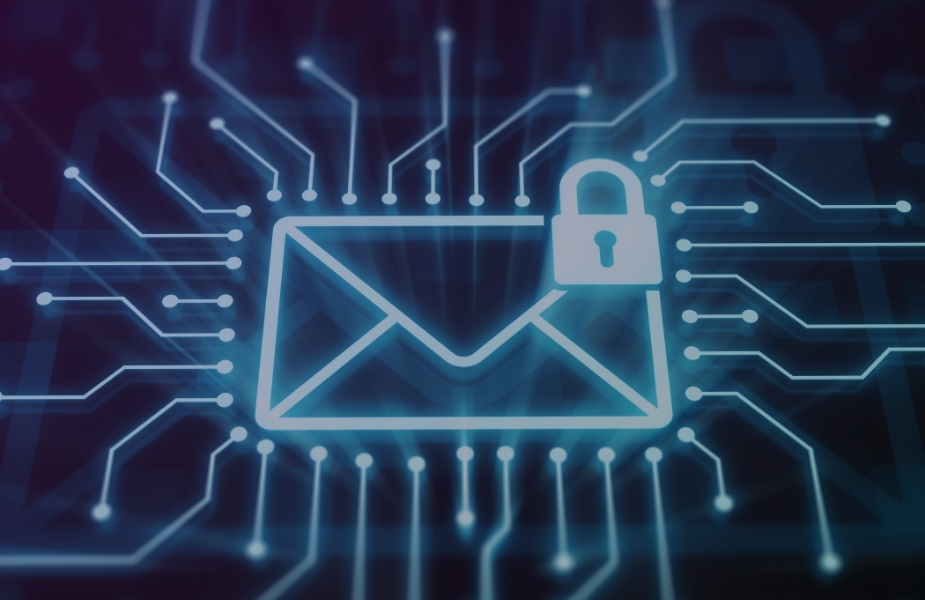Monitoring Phishing Attack– Protecting User From Social Engineering
Phishing attacks are a common type of social engineering that pose a threat to companies in a variety of industries. Attackers fool gullible people into revealing private information or clicking on dangerous links by posing as reputable companies. This blog will go over phishing techniques and provide doable solutions to protect your readers from these bogus schemes.
Understanding Phishing Tactics
Phishers target their victims using a variety of strategies. Typical strategies consist in:
- Spear Phishing:
These extremely focused attacks, use personal information to create convincing communications meant for certain people. An employee might, for instance, get an email seeking critical information looking to be from their boss. - Whishing:
Seeking to disseminate malware or steal login credentials, this method reflects official SMS texts. Attackers pressure recipients to act fast without confirming the source, hence generating urgency in their messages. - Quishing:
A variation of phishing which consumers are misled using instant messaging systems. Attackers might, for example, message people on WhatsApp or Slack, which would cause them to come upon dangerous links. - Clone Phishing:
Using this technique, fake websites closely resembling real ones fool people into inputting important information. Attackers typically copy well-known sites, which makes it challenging for consumers to spot the fraud.
Detecting Phishing Attacks
Fighting phishing calls both technical solutions and human awareness to be effective. Here are main techniques for spotting:
- Email Filtering:
Strong email filtering systems will help you to spot and block dubious emails. These instruments help to filter possible risks by analyzing sender addresses, email content, and attachments. - User Education:
Teach staff members to spot dubious emails and understand typical phishing techniques. Urgent demands to action or sensitive information requests in particular should cause individuals to be dubious about unsolicited communications. - Suspicious Link Analysis:
Use URL analysis tools to confirm link authenticity. Shortened URLs or links that seem unrelated to the content of the email should be avoided since these sometimes hide dangerous websites. - Grammar and Spelling Errors:
Phishing emails usually result from non-native English speakers, hence they often feature grammar mistakes or poor phrasing. Teach staff members to see these warning signs of possible phishing efforts. - Unexpected Attachments:
Unexpected attachments should be avoided especially from unknown senders or those with odd file extensions. These attachments can contain virus compromising your systems. - Hover Your Mouse Over Links:
To view the real URL before clicking a link, hover it. Should the shown URL differ from the text, it most certainly represents a phishing effort.
Stopping Phishing Attacks
Organizations have to act pro-actively to guard consumers against phishing assaults even beyond awareness:
- Strong Password Policies:
Demand users to generate intricate, distinctive passwords that satisfy you. Encourage also the application of multi-factor authentication (MFA) to strengthen security. - Frequent Security Awareness Training:
Organize continuous courses to inform staff members on phishing strategies and effective ways to prevent these dangers. Regular updates help to maintain the material current and pertinent. - Phishing Simulations:
Use phishing simulations to check staff knowledge and pinpoint areas needing work. These drills can be eye-openers, teaching staff members how readily they might be attacked. - Centralized Email Management:
Use centralized email management tools to sort and quarantine dubious emails before they get to users’ inboxes. This lowers the possibility of staff members directly coming across phishing efforts. - Security Awareness Campaigns:
Create interesting advertising stressing phishing dangers and motivating staff members to be vigilant. publications, visual aids, and informational meetings help to reinforce the point of view.
Developing a Security Conscious Culture
A strong phishing prevention strategy goes beyond technological measures to establish a security-conscious culture inside your firm. These are further techniques to apply:
- Empower Employees:
Encourage your staff to document any dubious emails or actions without regard to reaction, therefore empowering them. Creating an open reporting system will enable early threat detection. - Use Gamification:
Implement gamification approaches to make learning about phishing more enjoyable and participatory. Rewards, tests, and challenges help staff members remain current. - Reward Good Behavior:
Honor staff members who report phishing attempts and exhibit good security hygiene. Positive reinforcement might inspire others to do likewise. - Stay Updated on Phishing Trends:
Stay Current on Phishing Trends: Keep your security staff up to date on the most recent phishing strategies and trends. Being proactive helps you to modify your defenses and methods. - Stay Updated on Phishing Trends:
Combining detection, prevention, and a culture of security awareness will help you greatly lower the possibility of effective phishing attempts and shield your users from these harmful programs.
Conclusion:
Given the more complex phishing assaults of today, cybersecurity must be proactive. You may enable your company to fight against these misleading strategies by putting strong detection techniques, preventative actions, and security awareness culture building into effect. Not only is it IT-related; protecting your users against phishing attempts is a team effort that strengthens your whole company against the changing threat scene. In the digital environment of today, you can properly protect your important assets and keep a strong security posture with the correct techniques in place.
